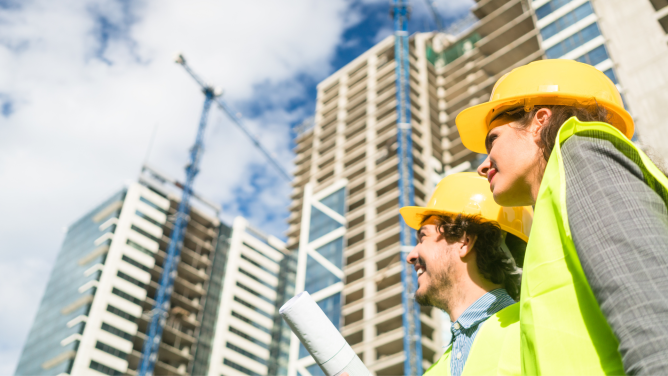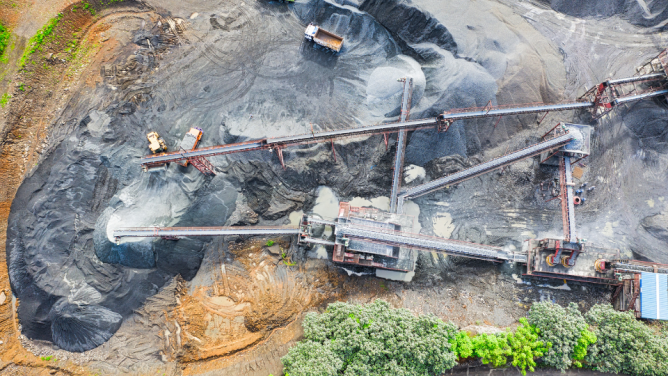Admir Masic is a rather “resilient” man. Having spent a part of his teenage years in a refugee camp in Croatia during the Bosnian War, today he’s an Assistant Professor in the department of Civil and Environmental Engineering (CEE) at MIT. Following a brilliant yet chaotic life story, which took him from Bosnia to Croatia, then Italy, Germany and America, this “ancient manuscripts and materials” specialist has built up an expertise that reflects his past. As head of the MCMD Lab (the Laboratory for Multiscale Characterization and Materials Design), today he is looking to uncover ancient materials’ resilience secrets to inspire future constructions!
Why are Roman concrete and Maya blue pigment used on frescos so resilient? Why have certain structures passed the test of time while others turned to dust years ago? These are just some of the questions behind the “paleo-inspiration” concept so dear to not only Admir Masic’s heart, but also to Loïc Bertrand, Claire Gervais and Luc Robbiola. Together, the four scientists published a report dedicated to the subject in the Angewandte Chemie International Edition in November 2017. In the article entitled “Paleo-inspired systems: Durability, Sustainability and Remarkable Properties”, the researchers focus on the mechanical, optical and structural properties of ancient materials. Roman concrete is a good example, with all the discipline’s hopes centered around this material. Made using volcanic rock, ash and even lime, the material boasts exceptional qualities in terms of elasticity and resilience to sea water, for example. Thanks to state-of-the-art imaging and modelling techniques, Admir Masic and his peers were able to revise the microstructure’s components and the minerals present in the ancient material. As the journalist Nathaniel Herzberg explains in an in-depth report for Le Monde, the presence of strätlingite in Roman concrete is capable of making up for the flaws of mortar. And there’s even aluminium substituted tobermorite, a mineral that crystallizes when it comes into contact with water, making the concrete more durable over time rather than crumbling away, even centuries after it was made!
For manufacturers, there are a gold mine of opportunities in recreating these ancient recipes, and so begins the race to find new, innovative materials. The results promise to be even more attractive, considering that our ancestors worked under severe constraints. “Many of these ancient materials bear witness to adaptation strategies towards their environment and specific constraints. They came about due to soft chemistry, using less energy-intensive processes and were often made using rudimentary equipment,” explain researchers at the CNRS IPANEMA lab. Indeed, Roman concrete was made at temperatures much lower than what is used today, making it much more economical in terms of resources, but also in terms of energy…


